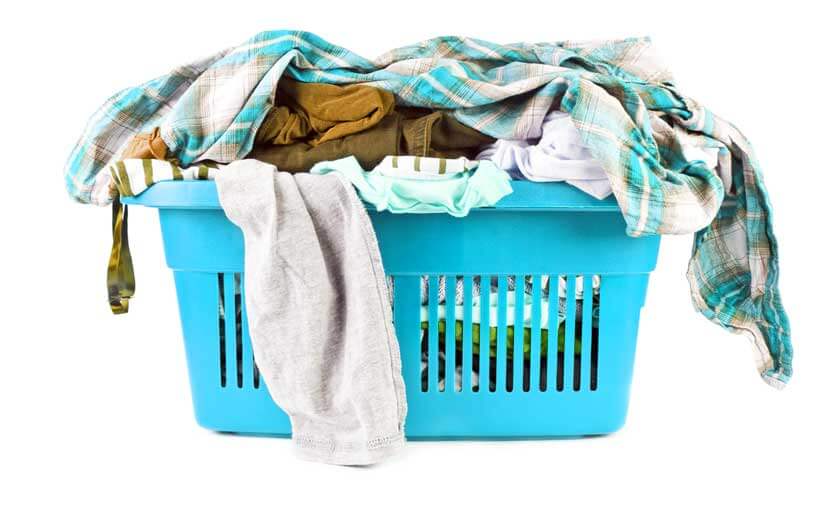In this article we will cover how calcium can cause clogging in a leach field. Your home needs to be in optimal condition at all times. With this in mind, you want to make sure that all components in your property work harmoniously with one another. You should have control from the bedroom to the front yard. This is the only way you could be sure that your lifetime investment will last for as long as you want. Your property is the reflection of how responsible you are. Consider it as one of your children or pets. It should be healthy all the time to be fully beneficial. The septic system is one of the most important elements in your property. It is your private wastewater treatment system since you cannot access the municipal sewage system. Normally, the septic system collects wastewater and pre-treats it in the septic tank with the use of anaerobic bacteria. The bacteria break down the solid waste particles so that the effluent could pass into the leach field without huge chunks of solid waste. In the leach field, the aerobic bacteria take action and break down more of the organic particulates that may still be in the pre-treated effluent. The biomat then take action and purify the effluent. It gets rid of the toxins and pathogens so that the effluent is in its safest form when it returns to the surrounding environment.
The leach field is the last stage of wastewater treatment. It is supposed to be completely problem-free. However, it could still be subjected to problems such as clogging. Leach field clogging is brought about by many things. One is improper waste disposal. Not all households practice proper waste disposal. Some treat their toilets and drains as trash bins. Non-biodegradable materials such as plastics and grease should not be dumped into drains and toilets even if you have a garbage disposal unit. These substances cannot be decomposed by the resident bacteria so they just stay in the tank until they are pushed into the leach field. You should practice segregation or recycling to prevent this from happening. Invasive roots are persistent in finding water and nutrients. Your leach field is the closest source they could access. When they grow into the leach field, they block the normal flow. They also damage the lines, resulting into leaks. Leaks prevent the normal treatment of wastewater, which brings about wastewater backups, overflows, and flooding.
Soil compaction is another cause of leach field clogging. You should remove the structures and vehicles over your leach field area. The heavy weight of these obstacles crushes the leach field lines, blocking the forward flow of wastewater. The cracks also introduce additional water and debris into the system. These block the leach field and this ultimately leads to failure. Another thing you have to take note of is how calcium can cause clogging in the leach field. When you see the white calcium sulfoaluminate or ettringite formations on the concrete reinforcement of your septic, it means that your system is suffering from severe deterioration. Thiocillus bacteria engage in anaerobic digestion. The process produces hydrogen sulfide as its by product. The gas gathers above the water line and interacts with oxygen. Sulfuric acid is then produced. This corrosive acid forms the ettringite. When the concrete layer is destroyed by the ettringite, the metal components are subjected to damage. Debris and rainwater are then allowed to enter the leach field. The leach field system is clogged. If this is not resolved immediately, septic failure will happen.
You could prevent or stop ettringite formation by working well with your septic expert. An aeration system should be installed to provide more oxygen. If there is more oxygen occupying the system, hydrogen sulfide will be pushed aside. Sulfuric acid will not be given the chance to interact with oxygen above the water line. With an effective aeration system that is regularly inspected, you will have a longer lasting septic system and a completely clog-free leach field.


